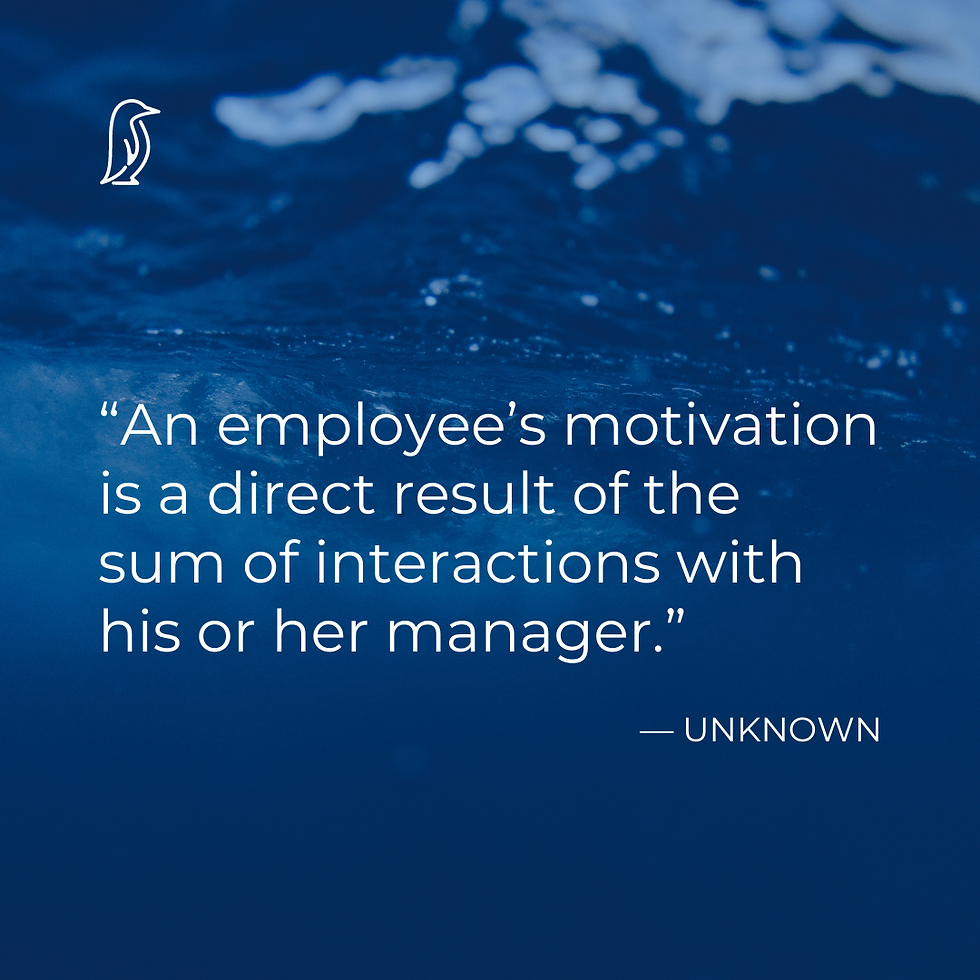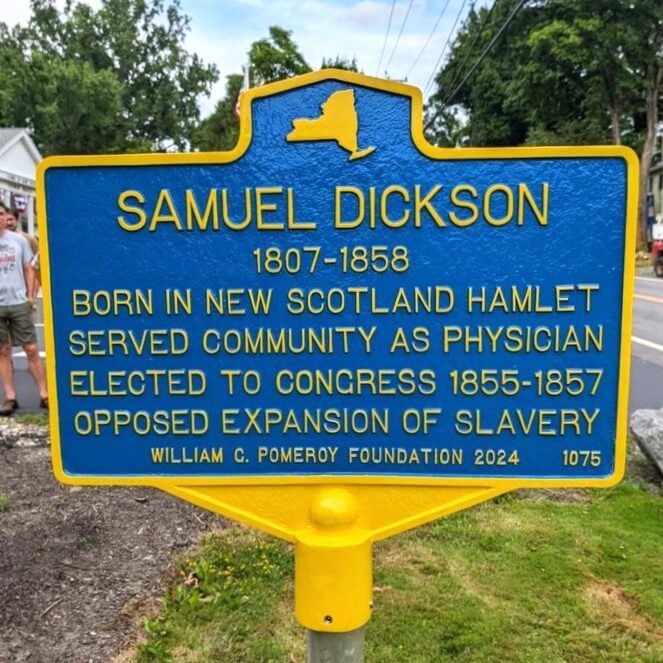How To Be A Better Ally This International Transgender Day Of Visibility

Table of Contents
This International Transgender Day of Visibility, let's reflect on how we can be better allies to the transgender community. Being a true ally goes beyond simply acknowledging the day; it requires ongoing education, action, and a commitment to creating a more inclusive and equitable world. This guide provides practical steps to strengthen your allyship and support transgender rights. Let's work together to foster a society where every individual feels safe, respected, and valued for who they are.
Educate Yourself on Transgender Issues
Understanding the transgender experience is the cornerstone of effective allyship. This involves dispelling myths, embracing diverse perspectives, and actively seeking knowledge from reputable sources.
Understanding Gender Identity and Expression
It's crucial to understand the distinctions between sex assigned at birth, gender identity, and gender expression. Sex assigned at birth is the sex assigned to an individual at birth based on visible biological characteristics. Gender identity is an individual's internal sense of being a man, a woman, both, neither, or somewhere else along the gender spectrum. Gender expression is how someone outwardly presents their gender through clothing, behavior, and other means. These are all independent aspects of identity.
- Resources for learning about transgender identities:
- The Trevor Project:
- GLAAD:
- Human Rights Campaign (HRC):
- Books to read: "Redefining Realness" by Janet Mock, "Whipping Girl" by Julia Serano.
- Organizations to follow: GLAAD, The Trevor Project, PFLAG.
Debunking Myths and Misconceptions
Many harmful myths surround transgender people. Addressing these misconceptions is vital for fostering understanding and acceptance.
- Myth: Transgender people are predatory. Fact: This is a dangerous stereotype with no basis in reality. Violence and predatory behavior are not linked to gender identity.
- Myth: Transitioning is a choice. Fact: Gender identity is not a choice. It's a deeply personal and fundamental aspect of who a person is.
- Myth: Transgender women are not “real women.” Fact: Transgender women are women. This statement reflects a lack of understanding of gender identity.
Learning about the Transgender Experience
It’s important to remember that the transgender community is incredibly diverse. Avoid generalizations and strive to learn from individual experiences.
- Personal Stories (with permission): Seek out opportunities to listen to and learn from transgender individuals’ experiences, always respecting their privacy and boundaries.
- Podcasts and Documentaries: Many documentaries and podcasts offer valuable insight into the transgender experience.
Using Inclusive Language and Respecting Pronouns
Language holds immense power. Using inclusive language and respecting someone's pronouns is fundamental to allyship.
The Importance of Correct Pronouns
Using someone's correct pronouns and name is a demonstration of respect and validation. Misgendering can be deeply hurtful and invalidating.
- How to politely ask for someone's pronouns: "What pronouns do you use?" or "May I ask what your pronouns are?"
- What to do if you make a mistake: Apologize sincerely and correct yourself immediately. "I'm so sorry, I misspoke. Your pronouns are (correct pronouns)."
- Resources on pronoun usage: Many websites offer guides and resources on proper pronoun usage.
Avoiding Gendered Language
Strive to use gender-neutral language whenever possible.
- Examples of inclusive language: "Folks," "y'all," "everyone," instead of gendered terms like "guys" or "ladies and gentlemen."
- Alternatives to gendered terms: Instead of "chairman," use "chair" or "chairperson."
- How to adapt language in professional settings: Review company policies on inclusive language and seek training if available.
Challenging Transphobic Language
Challenging transphobic language is crucial, even if it feels uncomfortable.
- Examples of transphobic language: Deadnaming (using a transgender person's former name), misgendering, using slurs.
- Strategies for intervention (depending on the situation): A private conversation might be more effective than a public confrontation. Your approach should prioritize the safety of both yourself and the target of the transphobic language.
- Safety considerations: Prioritize your safety. If a situation feels unsafe, it's okay to disengage.
Advocating for Transgender Rights and Inclusion
Allyship extends beyond personal interactions; it demands active participation in creating systemic change.
Supporting Legislation and Policies
Support legislation protecting transgender rights and promoting equality.
- Organizations working on transgender rights legislation: The ACLU, Lambda Legal.
- Ways to contact your representatives: Find your representatives' contact information online and voice your support for transgender rights legislation.
- Calls to action: Participate in peaceful protests, rallies, or write letters to your elected officials.
Promoting Inclusion in Your Workplace and Community
Create inclusive environments in your workplace and community.
- Implementing inclusive workplace policies: Advocate for gender-neutral bathrooms, inclusive healthcare policies, and anti-discrimination policies.
- Supporting LGBTQ+ organizations: Volunteer your time or donate to organizations supporting the LGBTQ+ community.
- Participating in community events: Attend LGBTQ+ events and activities to show your support.
Donating to Transgender-Focused Charities
Consider donating to organizations dedicated to supporting transgender individuals and communities.
- List of reputable charities: The Trevor Project, GLAAD, National Center for Transgender Equality.
- Information about their work: Research the organizations to understand how your donation will be used.
- Links to donation pages: Find donation links on the organizations' websites.
Conclusion
This International Transgender Day of Visibility, let's reaffirm our commitment to allyship. The key takeaways are to educate ourselves continuously, use inclusive language, and advocate for transgender rights. Being a better ally is an ongoing journey, requiring consistent effort and a willingness to learn and grow. Continue your journey as a transgender ally, even beyond this day, by consistently practicing these principles of understanding and advocacy. Use your voice to make a difference and build a more inclusive world for transgender people. This International Transgender Day of Visibility, commit to being a better ally. Learn more about transgender issues and take action to support transgender individuals and communities. Let's work together to make a real difference.

Featured Posts
-
 Uk Citys Transformation Caravan Dwellers And Growing Concerns
May 10, 2025
Uk Citys Transformation Caravan Dwellers And Growing Concerns
May 10, 2025 -
 Why Middle Managers Are Essential For Company Success And Employee Well Being
May 10, 2025
Why Middle Managers Are Essential For Company Success And Employee Well Being
May 10, 2025 -
 Samuel Dickson A Canadian Lumber Barons Legacy
May 10, 2025
Samuel Dickson A Canadian Lumber Barons Legacy
May 10, 2025 -
 Remembering Americas First Nonbinary Person A Life Cut Short
May 10, 2025
Remembering Americas First Nonbinary Person A Life Cut Short
May 10, 2025 -
 Your Real Safe Bet Diversification Strategies For Financial Security
May 10, 2025
Your Real Safe Bet Diversification Strategies For Financial Security
May 10, 2025
